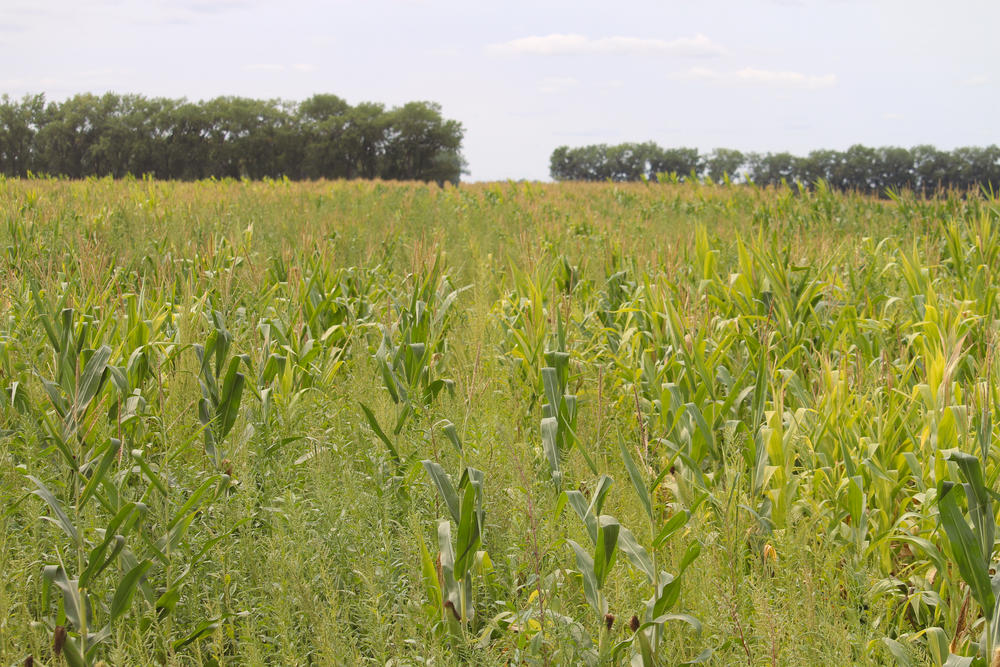Use a Systems Approach for Weed Management

“Weed resistance is not just soybean issue. Weeds do not discriminate between soybeans, corn, sunflowers, drybeans, or small grains. This is every farmer’s problem now.” – Carl Peterson
All farmers must be concerned about weed resistance as they will need to adapt their weed management strategies and work with multiple modes of action to get ahead of yield-robbing resistance. The upcoming Weed Resistance Regional Symposium is a great opportunity to learn from national and regional weed resistance experts.

Tom Peters is one of the experts who will be speaking at the Weed Resistance Regional Symposium. Peters, an Extension Sugarbeet Agronomist and professor in the Department of Plant Sciences at North Dakota State University, focuses on a systems approach to weed management in sugarbeets. He shares his thoughts on the reach of glyphosate resistance in the region as well as best practices for managing resistant weeds:
“Weeds management strategy must be a fundamental component to crop production in 2016. Scientists at North Dakota State University and the University of Minnesota are tracking several tough-to-control weeds including waterhemp, common ragweed, giant ragweed and kochia in ND and MN:
- Herbicide-tolerant waterhemp has moved north and west from West Central Minnesota and was confirmed near Grafton, ND, and Cando, ND, in 2015.
- Herbicide resistant kochia is common in many counties in central and western ND. Pockets of resistance have been found in the Red River Valley.
- Incidents of common ragweed resistance have increased and are being closely monitored in north central, central, and west central MN.
- Finally, and most alarming are weeds that are resistant to multiple herbicides. For example, a waterhemp plant may not only be resistant to glyphosate (SOA 9) but also resistant to ALS inhibitors (SOA 2), and photosystem II inhibitors (SOA 5).
Farmers must be vigilant about scouting and positively identify weeds in their fields and ditches. I recommend developing a comprehensive weed control plan that includes at least two (and preferably three) effective herbicides in the crop and using herbicides with other unique sites of action across crops grown in sequence in the field. Finally, set expectations for 100% clean fields. Use full rates, use the correct surfactants, and be prepared to make adjustments to your plan.”
Join us at the Weed Resistance Regional Symposium on February 5, 2016 to learn more about the systems approach to weed management.



